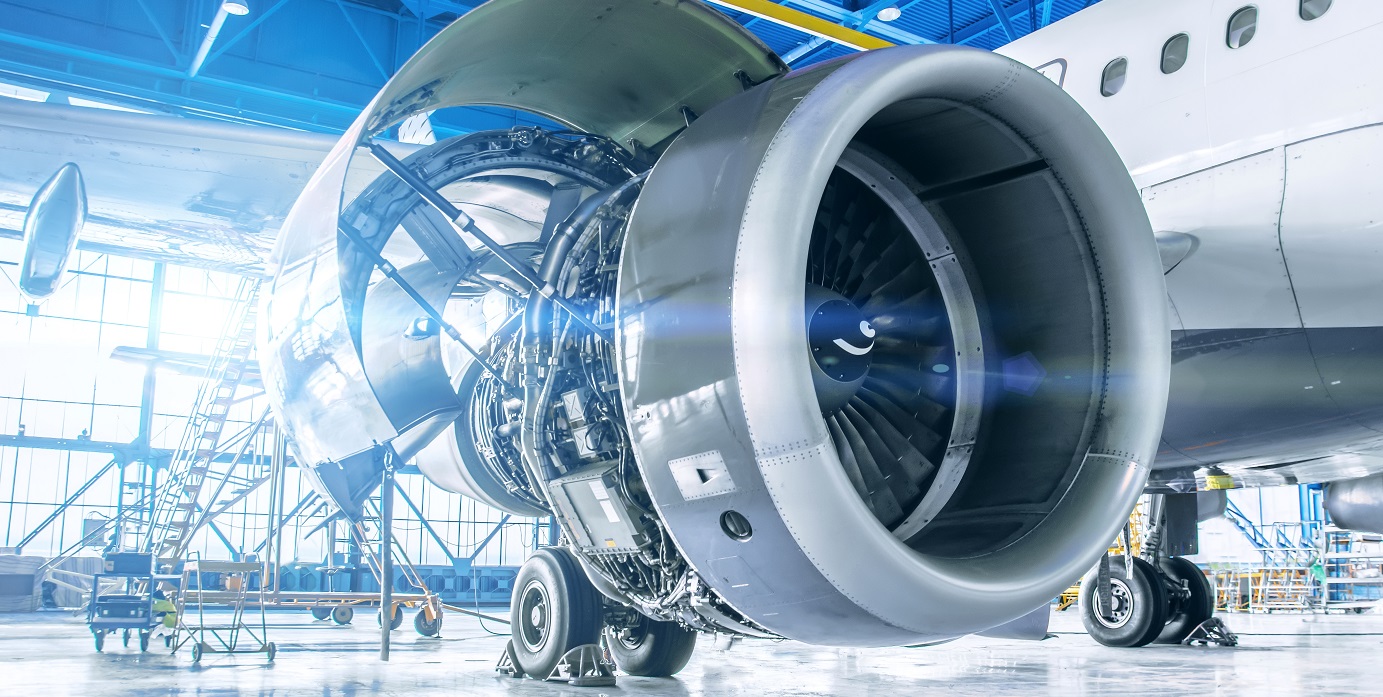Tools and Trends in the Aircraft Industry: Innovations to Watch in 2025
The aerospace sector is transforming rapidly, driven by sustainability goals, market demands, and emerging technologies. Understanding these changes is important for marketing experts, investors, and consultants to exploit new opportunities.
Challenges Facing the Aerospace Sector
Rising costs of composites and metals create cost pressure on many manufacturers. In addition, stringent regulatory environments focusing on noise standards, emissions, and safety increase the complexity of development timelines and compliances.
In addition, increasing pressure to minimise aircraft’s carbon footprint drives the importance of alternative fuel development and sustainable innovations. All these challenges require continuous investment and adaptation in research, ensuring long-term competitiveness.
Solution: Tools and Trending Innovations Set to Change the Aircraft Industry
The aerospace industry depends on modern tools as a solution to improve the performance, safety, and efficiency of spacecraft and aeroplanes. With a trusted aircraft tool supplier like Red Box Tools, you can access avionics test kits, power tools, torque tools, hand tools, and avionics tools.
Whether you want to service light aircraft, private jets, military aircraft, or helicopters, reliable aircraft tool suppliers have the solution for your repair and maintenance needs.
Moreover, these tools collectively minimise product costs, improve design precisions, and contribute greatly to meeting the industry’s rigorous performance and safety standards. These tools, along with the following trends, are set to change the aircraft industry:
Maintenance Automation
From automating mobility services and maintenance to cloud and IoT applications, digital transformation is set to change the airline sector in 2025. The reason for this is simple: It will find ways to make different procedures more efficient, whether on the ground or in the cockpit.
Autonomous Aircraft
This is more likely to be among the most transformative 2025 aircraft trends. Although we may not be boarding pilotless aeroplanes just yet for vacations, the technological developments in autonomous flights are significant. They are laying the foundation for a better tomorrow where completely autonomous aeroplanes might become a dream come true one day.
Sustainability
The growing concern among air travellers about climate change is forcing the aircraft industry to minimise its carbon footprint. Technologies help it attain this goal and transition to more sustainable processes. For instance, biofuels minimise the need to depend on fossil fuels to carry out aerospace operations, reducing carbon emissions.
Likewise, other sustainable energy sources, such as electric flight technological advancements, allow the sector to curb emissions even further. In addition, novel designs and energy-efficient integrations help improve fuel efficiency, thus minimising fuel costs and emissions.
Personalisation
As we speak now, nearly the whole travel journey of passengers has gone digital, from searching for flights to booking, check-in, ancillary services, and flight updates.
Digital traveller is the new norm. In 2025, if used strategically and wisely, it can provide better services and products.
Paperless Flight Processes
A good example is connecting flight attendants and pilots through an electronic passenger list and a flight bag. This system guarantees convenience, reduces paper weight and use, and allows for more agility with near-instant/secure updates and faster flight plan filing.
In conclusion, the aerospace future is filled with many exciting possibilities, all driven by a commitment to innovations, sustainability, and technological developments. As the years go by, we should expect a life where air travel will be more accessible, safer, and more efficient than before.

